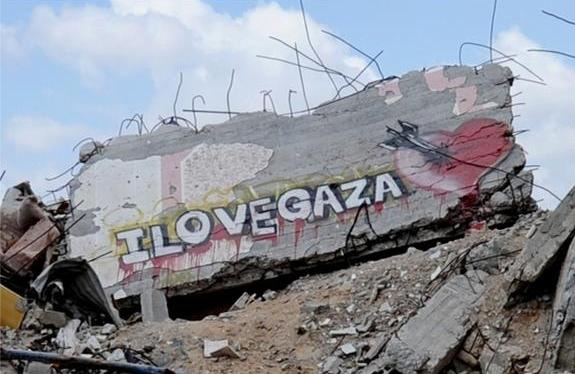Unemployment in the Gaza Strip rose by about half a percent during the first quarter of 2017, reaching 41.1%. The unemployment rate in the final quarter of 2016 was 40.6%. Gaza’s unemployment has been higher than 40% since early 2014.
A worrying trend observed in the figures for the first quarter of 2017 is the spike in women’s unemployment, which has reached 67.4%, an increase of 3% compared to the previous quarter. Figures for 2016 already pointed to a break in the ten-year trend of women’s increasing participation in the workforce. It appears that this trend is now beginning to reverse; though an increasing number of women look for work, fewer are able to find it. Unemployment among young people also grew by about 1%, from 56% in the last quarter of 2016, to 56.9% in the first quarter of 2017. Unemployment among men dropped slightly to 32.7%, compared to 33.2% in the previous quarter.
By comparison, the overall unemployment rate in 2012 stood at 31%. The sharp rise of 10% in only five years indicates a disturbing deterioration in living conditions in Strip, and certainly no improvement in the economy. The declining rate of employment among women and young people is troubling as it points to an economy that is unable to become sufficiently varied and inclusive, offering adequate opportunities. According to the Israeli NGO “Gisha,” the goal of which is to protect the freedom of movement of Palestinians, especially Gaza residents: “All parties involved claim to understand that Gaza’s economy would be immensely benefited by better access to markets and greater freedom of movement for people. Delaying the implementation of necessary changes in policy any further cannot be justified.”

Ruins from the neighborhood of Shajaiya in the city of Gaza which entirely destroyed during the 2014 war, resulting in the death and wounding of many and the displacement of thousands (Photo: Norwegian Refugee Council)
The Norwegian Refugee Council (NRC) released a statement on Friday, July 7, that highlighted the continuous devastation faced by residents of the besieged Gaza Strip three years after Israel’s 2014 offensive, as tens of thousands of Palestinians in Gaza remained displaced in the coastal enclave.
The 51-day offensive in 2014 left more than 2,000 Palestinians dead, including at least 1,462 civilians, a third of whom were children, according to the United Nations.
“Of 11,000 homes totally destroyed during the war, a little over one third have been rebuilt,” NRC noted, adding that many of these families have continued to reside in tents for the past three years.
NRC said that 8,135 of those homes have not yet been reconstructed, and added that 160,000 additional homes were also damaged during the war.
Thaer al-Sheesh, a father of four in Gaza, told NRC that he has spent three years in a tent as he has continued to wait for his home to be rebuilt since the devastating war. “We are alive now because death hasn’t bothered to take us yet. It will be way better for us to die, as we won’t face problems anymore,” he said. According to NRC, 6,300 Palestinian families — 35,000 individuals — in Gaza have remained displaced from the war.
Meanwhile, reconstruction efforts have been painfully slow — hindered by Israel’s blockade, ongoing disputes between Gaza’s de facto ruling party Hamas and the Fatah-dominated Palestinian Authority (PA), and a severe shortage of foreign assistance.
According to NRC, as of halfway into 2017, only 30% of promised funding for reconstruction in Gaza had been covered, leaving a deficit of $380 million. NRC highlighted that humanitarian assistance has been greatly affected by Israel’s decade-long siege on the Gaza Strip, especially owing to restrictions on building materials, despite certain quantities of cement being allowed to enter the small Palestinian territory since September 2014. According to NRC, 46% of the amount of cement needed for housing reconstruction in Gaza since 2014 is still needed.
On top of tens of thousands of Palestinians still reeling from the effects of the 2014 war, Israel has continued to keep Gaza’s two million residents under a military siege, while the Hamas and Fatah rivalry has escalated in recent weeks and further contributed to the dire humanitarian situation in the Gaza Strip.


